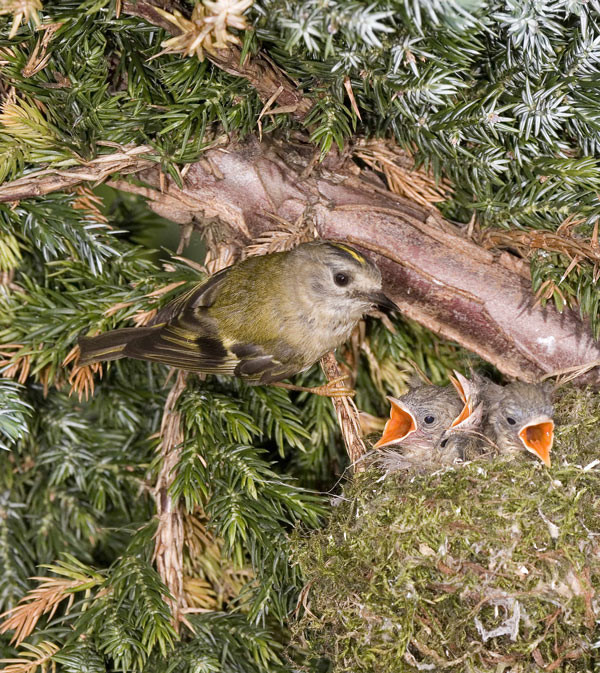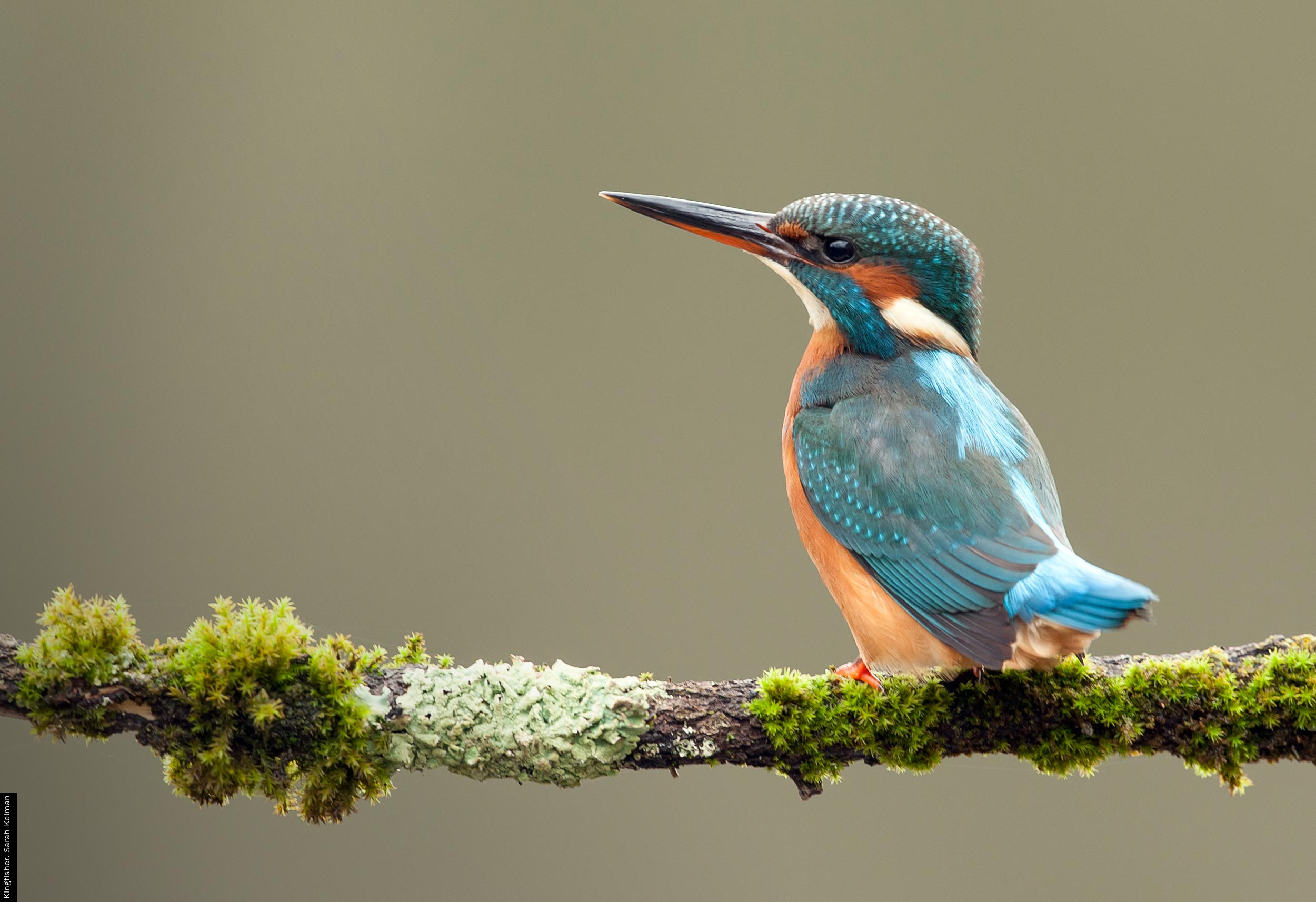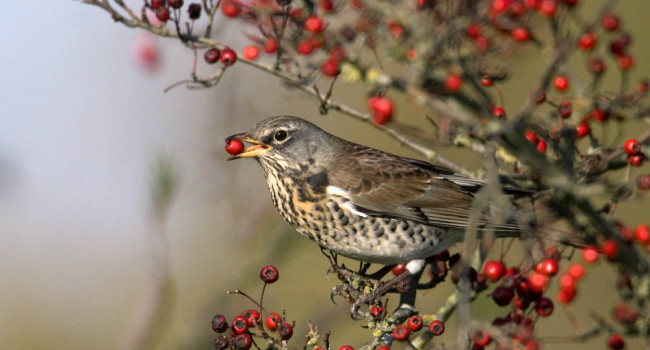Plants for nesting cover

Feeding insectivorous birds, for example, have been shown to prefer feeding in Sycamore as opposed to Beech, the former presumably supporting a greater biomass of the invertebrates preferred by the bird species under study.
Go green with evergreens
A number of bird species to use gardens for breeding will make their first nesting attempt of the year in an evergreen shrub. Such shrubs provide good cover at a time when most broad-leaved trees are still in bud.
This means that a range of ornamental conifers should be considered about the provision of nesting opportunities within your garden. Although some of these may be native (e.g. Holly and Yew), you may find that introduced conifers provide you with cover more quickly.
Several ornamental varieties of Chamaecyparis (cypresses) are ideal for this purpose. Recommended varieties (typically showing a narrow conical habit) are Chamaecyparis lawsoniana 'Elwoodii' (grows to 10 ft), Chamaecyparis lawsoniana 'Minima' (grows to 5 ft and is more rounded in shape), and Chamaecyparis lawsoniana 'Gnome' (also rounded, growing to just 3 ft).
The shorter varieties will be used by Dunnock, the taller additionally by Greenfinch and Goldfinch. If you want a bit of instant height but not too much width (c.4 ft), then Chamaecyparis lawsoniana 'Columnaris' should reach 30 ft fairly quickly. Other options include Holly Ilex aquifolium and Yew Taxus baccata. Pyracantha atalantiodes and Ivy Hedera helix.
Dense deciduous
Deciduous species come into their own later in the breeding season and many species have a structure that provides nesting opportunities, various finches will make use of shrubs and small trees, including fruit trees, choosing to nest in the fork of a branch or up against the trunk, while others will utilise the cover afforded by a native hedge.
Some of the best shrubs are those which produce thick, thorny cover; the thorns adding an extra level of deterrent to potential nest predators. Hawthorn, Crataegus monogyna, is particularly good in this respect, as are many of the different Berberis and Pyracantha species; select a variety that is best suited to the location in which you wish to establish it.
Some suggestions
- Berberis darwinii
- Berberis gagnepainii
- Blackthorn (Prunus spinosa)
- Box (Buxus sempervirens)
- Elaegnus ebbingei
- Hawthorn (Crataegus monogyna)
- Holly (Ilex aquifolium)
- Ivy (Hedera helix)
- Lonicera henryi
- Privet (Ligustrum vulgare)
- Prunus lusitanica
- Pyracantha spp.
- Sea-buthorn (Hippophae rhamnoides)
- Viburnum fragrans
- Viburnum tinus
- Yew (Taxus baccata)
Incredible Ivy
The following article has been written with the assistance of GBW volunteer Michelle Gault:
“Generally, people don't perceive Ivy as a flowering plant due to its very small yellow flowers in the autumn and otherwise green, ‘boring’ foliage for the rest of the year. However, Ivy quietly promotes biodiversity all year round within urban gardens. It is used for shelter by a variety of garden dwellers to hide, roost, nest and hibernate in.
In autumn, Ivy holds a vital source of nectar, when most other nectar sources are over. This late season supply is especially popular with wasps, hornets, hoverflies and bumblebees.
In winter, Ivy continues to support populations by providing dark berries that a variety of bird species feed on. With its roots in multiple points of the ground and stems covering wide areas, Ivy improves habitats for wildlife by reducing the effect of ground frost on leaf litter.”
Further reading
- More advice on providing plants for nesting and roosting cover can be found in Gardening for BirdWatchers.
Buying a nest box from a reputable retailer
BTO is proud to work in partnership with leading bird-care company Vine House Farm, with the shared aim of making a positive impact for birds.
- Please visit their website for high-quality nest boxes, bird houses, foods, feeders and more.






Share this page